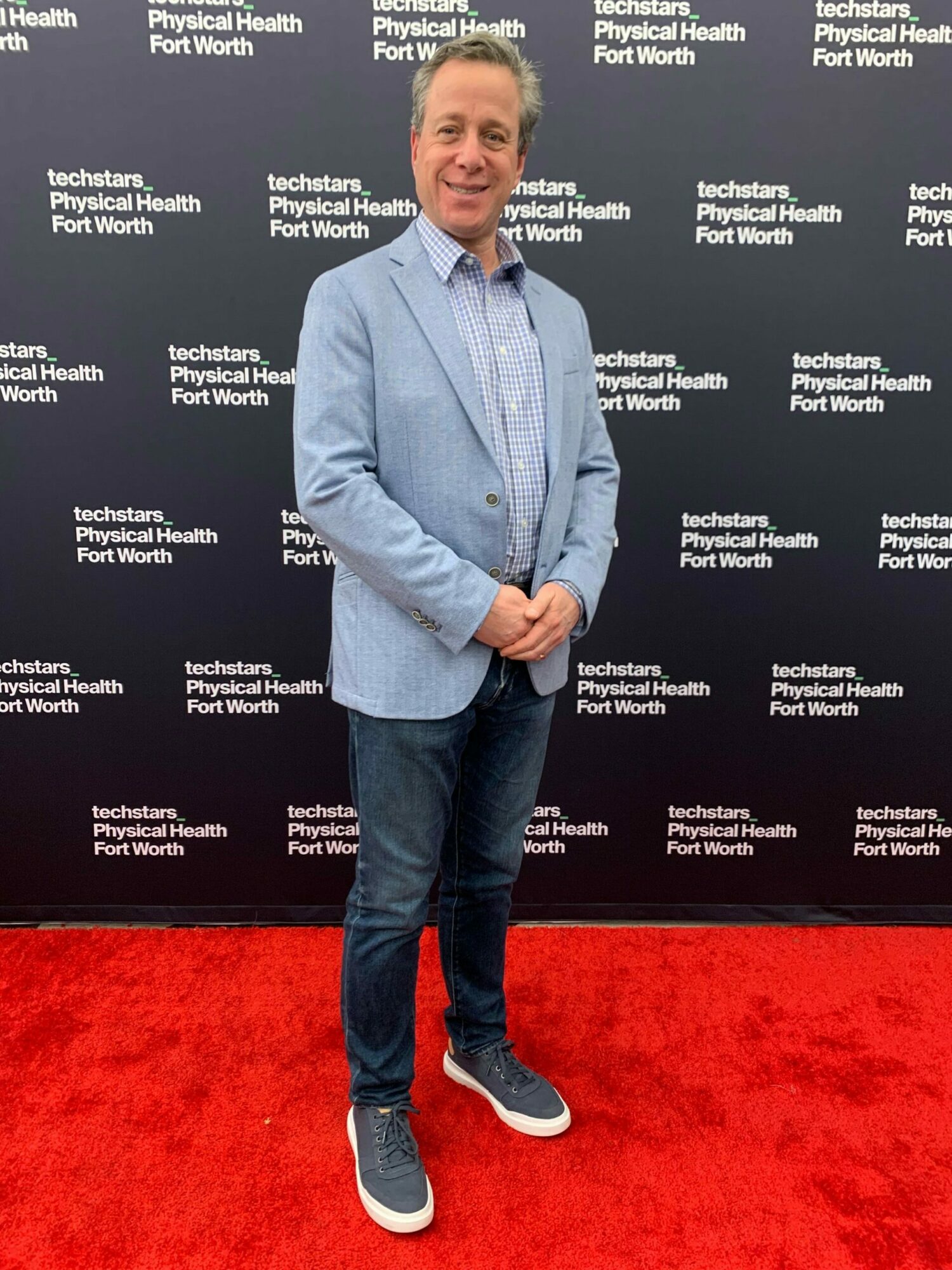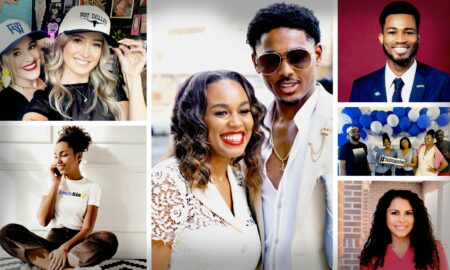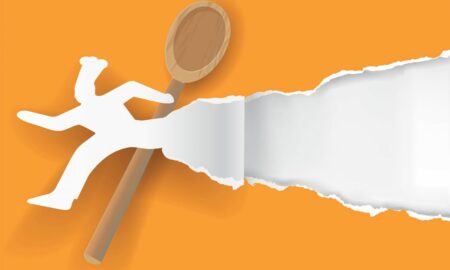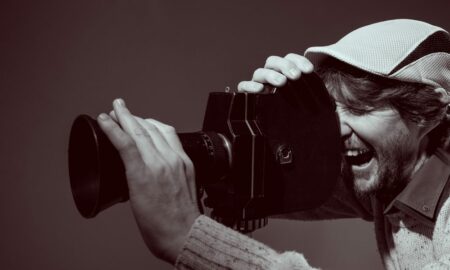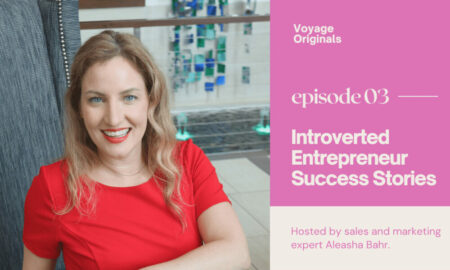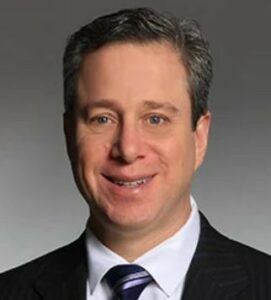
Today we’d like to introduce you to Gary Solomon.
Hi Gary, it’s an honor to have you on the platform. Thanks for taking the time to share your story with us – to start maybe you can share some of your backstories with our readers.
I am a classically trained electrical engineer with an undergraduate (Tufts University, ’88) and master’s degree (The University of Colorado at Boulder, ’91) in Electrical Engineering. After undergrad, I worked for 2 years at The Raytheon Company in a missile factor in Lowell, Massachusetts as a systems test engineer, where I tested and did troubleshooting of the guidance system of the Phoenix Missile. After receiving my master’s degree, I went back to the missile factory where I developed a number of systems for vastly improving production of various missile subsystems. In 1995, the factory in which I was working ended up closing (3000 people were laid off in a day), and I ended up being transferred to the Raytheon Systems design labs, where I worked for 5 years developing various guidance systems algorithms, creating simulations to ensure accuracy and reliability of the missile systems, and analyzing missile test firings.
In graduate school, my twin brother and I worked with another grad school attendee who worked at Texas Instruments. We collectively designed control algorithms, including machine learning, for a chip wire bonding system that was 6 times faster than all other systems on the market at that time. My brother founded an engineering company at that time so that TI could pay us for the work.
Before getting to the legal side, in 1993, my twin brother and I decided to establish a publishing company to create a book and video series of instructional boating books and videos. As a result of being boating instructors at a summer camp, we became the most certified boating instructors by the American Red Cross in the country and were training boating staffs at various summer camps on weekends. We worked with a friend with a media background to first produce an instructional sailing video, which was rated #1 by Smart Money Magazine in 1996 for all instructional sailing videos. We also were able to produce an instructional video and book for canoeing and books for kayaking and waterskiing. By 1997, those books and videos were sold in every major bookstore in the US and internationally, and all major boating and outdoor stores as a result of establishing a distribution agreement with another publisher in Indiana in 1996 that focused on the outdoor space. That was my first IP transaction looking back at it.
In 1993, we (my twin brother and I) entered law school in Boston at Suffolk University part-time. Because of still working full time at Raytheon and what felt like full time for the publishing, I called the dean of Suffolk and asked if part-time could be just one class, to which he responded that we needed to take all 5 classes. My response was, “5 classes? how many do the full-time students take?” The answer was 6 classes. Well, to put it mildly, those were 4 tough years because we were still publishing and releasing the books and videos during law school while doing the full-time engineering.
Before entering the legal profession in 1998, I decided to become a consulting engineer for a subcontractor of Boeing that was developing a portion of the airborne laser weapons system. My role for that project was to develop the stabilization platform onboard the airplane for that project. I had already accepted a law position as a patent attorney in Dallas for Jenkens & Gilchrist, which was the largest firm in Dallas at the time. However, I had to push my start date by 6 months to finish the laser weapons system project because it was such a cool project.
When I finally joined Jenkens, it was a great experience. We had 58 patent attorneys in the Dallas office and handled great technologies, primarily telecom, but many other technologies. I was a 5th-year patent attorney and left Jenkens & Gilchrist to join the former head of the Jenkens IP group hired me 5 years earlier to join Patton Boggs in Dallas. Patton Boggs was primarily a lobbying firm in DC, but there were 100 attorneys in Dallas mainly focused on mezzanine financing. We grew the practice there, but within a month of my being voted into being a partner, our team decided to move on to Sonnenschein, Nath, and Rosenthal. Sonnenschein, which had about 650 attorneys in the US, ended up becoming Dentons with now 12,000 attorneys across the globe. I remained at Dentons for 12 years, but I felt a change was needed to further grow my practice. One of my colleagues in Washington, DC, and I spent a couple of years looking for another firm that better fit our collective practice, and in March 2020 (just before the pandemic), we collectively moved our practice to Foley & Lardner along with our team. Foley was a good fit because there are 1,100 attorneys in 25 offices in the US with a wide range of exceptional talent.
Alright, so let’s dig a little deeper into the story – has it been an easy path overall, and if not, what were the challenges you’ve had to overcome?
The path I took to get here was certainly not an easy one. I often comment that the area of patent law is especially difficult because the educational background for me included an electrical engineering undergraduate degree, master’s degree in electrical engineering, and law degree, which amounted to about 10 years of education. From a professional perspective, that included working as an electrical engineer for 10 years to design and develop high tech defense systems within a large organization. And, once in a law practice, that involved 9 years as an associate and now another 14 years as a partner at multiple firms. Add to that the publishing company and a few other endeavors so as to round out my skillset and you reach a point where all those educational and life experiences results in confidence for being able to help clients achieve success. But make no mistakes, each segment of my particular path involved hard work, long hours, and perseverance to learn and grow and achieve. In the engineering field, technologies and projects tend to be the big challenge, while in the field of law, learning the craft well so that you can be a trusted advisor for clients tends to be the hurdle. In the specific field of patent law, and more broadly intellectual property law, we have three major challenges, (i) understanding technology, (ii) applying the law to the technology (need to be a skilled writer), and (iii) integrating the patent law into the business. Ultimately clients care about one thing, using the patents and other intellectual property (patents, trademarks, copyrights, trade secrets), to advance their business efforts. Most business leaders and general attorneys do not have the technical or legal knowledge as to merging those three disciplines (technology, business, law) together so we as patent attorneys tend to have a higher burden to ensure that our efforts do, in fact, help clients succeed.
Great, so let’s talk business. Can you tell our readers more about what you do and what you think sets you apart from others?
First, I work at Foley & Lardner, which is a large national practice with 1,100 attorneys in most legal areas of law. My particular practice fits Foley and vice versa because Foley is one of the few remaining general practice firms that truly values patent prosecution, which is my main specialty. Most other general practice firms focus on patent litigation and have little or no patent prosecution for a variety of reasons, but Foley has learned to embrace the practice in a manner that makes the firm very strong, both financially and business-wise because our clients have such needs. While my focus and passion is patent law, for my smaller clients looking to grow, I tend to become more of a counselor or sometimes even a business advisor to ensure that they are doing the right things to protect their intellectual property, but further ensure that their business model incorporates the intellectual property to distinguish themselves. In other cases, because of my strong technical background, I am able to help contribute and help clients expand their innovations and ensure that the technology is packaged up well as a product offering. After being a practicing engineer for 10 years and patent attorney for 25 years, the diversity of technologies of which I have strong knowledge is quite significant, which really makes my practice interesting. I am a believer in helping to connect clients where potential positive opportunities can result, and am blessed that the firm has the same beliefs. From what clients have told me, what ultimately sets me apart from others is that once I’m engaged, I become a true partner of my clients and constantly seek to ensure their success in any way possible.
In terms of your work and the industry, what are some of the changes you are expecting to see over the next five to ten years?
Really good question, watching my previous firm grow from 650 to 12,000, I would have anticipated much higher consolidation in the industry by now. That may still happen, but unlikely to that magnitude. I suspect that smaller firms, and even firms of this size, will continue to look for partners with solid clients and strong books of business to grow their firms. The legal field has become highly specialized in that attorneys will often specialize to focus on narrow practices of law because it is very difficult to be effective at many different areas of law. I think there will continue to be consolidation in the market and law firms with hundreds or low thousands of attorneys will become more common in the US. I also think that highly specialized boutique firms will grow to become quite significant (hundreds of attorneys) and that diversity will make practitioners better, which ultimately helps clients.
Contact Info:
- Website: https://www.foley.com/en
